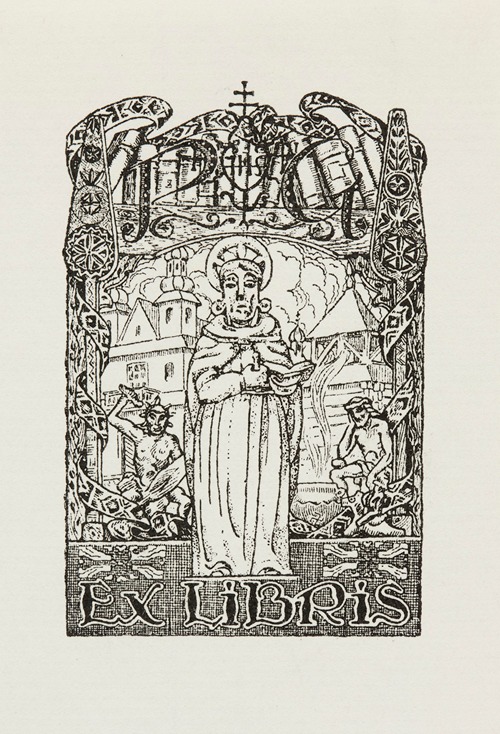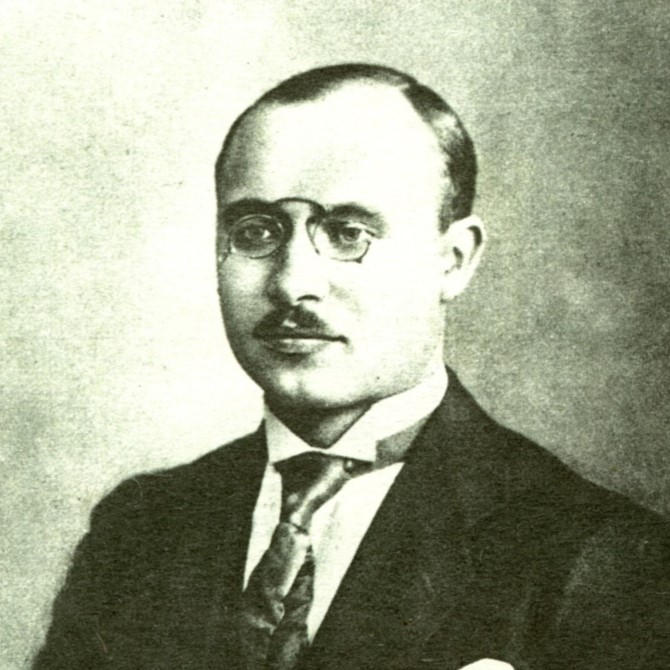



Vytautas Pranas Bičiūnas was a Lithuanian artist, theatre actor, writer and art critic. As a member of the Lithuanian Christian Democratic Party, he was elected to the Constituent Assembly of Lithuania and the First Seimas.
As a gymnasium student in Šiauliai, Bičiūnas joined Varpas Society which organized Lithuanian cultural events and theater performances. He then chose to study at the Kazan Art School. He returned to Lithuania in May 1918 and worked for the Lithuanian government. He joined the Lithuanian Christian Democratic Party and helped organizing the Lithuanian Labour Federation. He was an active member of the Constituent Assembly and the First Seimas, speaking frequently on issues of the Lithuanian Land Reform of 1922 and other legislation. He was not reelected to the Second Seimas and withdrew from the party in 1926.
Bičiūnas worked as a drawing teacher at various schools in Kaunas. At the same time, he was active in public life. In 1922, he became secretary of the Gallery of Mikalojus Konstantinas Čiurlionis (predecessor of the M. K. Čiurlionis National Art Museum). In 1920–1923, he was actor, playwright, scenographer for the satirical Vilkolakis Theatre. He later founded and led two short-lived theatre troupes. He created graphic art (illustrations, posters, advertising) and tried to make it commercially viable.
After the Soviet occupation of Lithuania in June 1940, he deported during the June deportation and imprisoned at Sevurallag. Accused of organizing a mutiny inside the gulag, Bičiūnas was executed by the NKVD in 1942.

